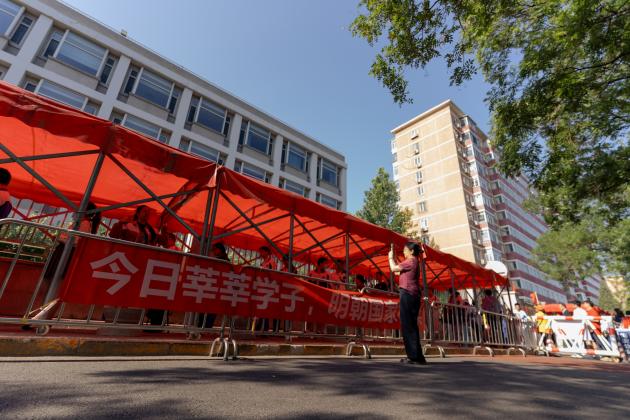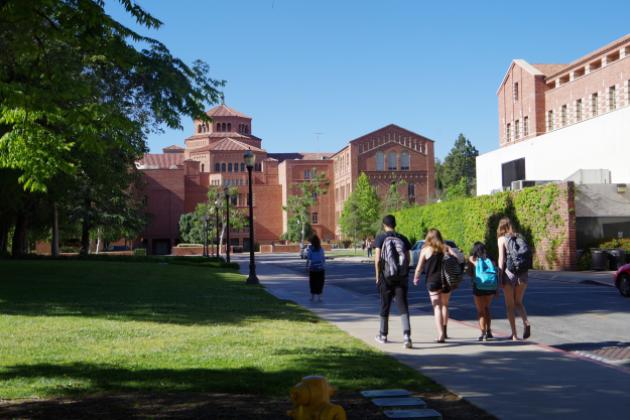PARTICIPANTS
Darrell Duffie; Simon Gleeson; Richard Herring; Thomas Huertas; Thomas Jackson (by phone); William Kroener; Kenneth Scott; David Skeel; Kimberly Summe (by phone); John Taylor; and Emily Warren.
Attendees from FDIC: M.P. Azevedo, Deputy Director for International Coordination, Office of Complex Financial Institutions; Diane Ellis, Acting Deputy to Vice Chairman Thomas Hoenig; Thomas Hoenig, Vice Chairman, Board of Directors; John Simonson, Deputy Director, Systemic Resolution and Implementation Group; Jim Wigand, Director, Office of Complex Financial Institutions; David Wall, Legal Division, Complex Financial Institutions Section
ISSUES DISCUSSED
FDIC staff began the meeting with a discussion of their interests in and concerns about bankruptcy procedures. Many feel that it should be a preferred alternative to OLA resolution, but they are concerned about bankruptcy’s minimal capacity to address international issues.
One solution to such concerns may be to press G-SIFIs to develop contractual provisions, particularly for QFCs, that would facilitate their own bankruptcy-based international resolutions. A benefit of such an approach would be maintaining a relatively even regulatory playing field between the U.S. and U.K. A potential cost, though, is that if regulators in both countries successfully augment requirements within the banking system, firms might respond by moving QFC activities into nonbank entities, which will likely face even laxer regulation.
There was also a discussion of “single-point-of-entry” Chapter 11 reorganizations—which they believe will be possible with enough unsecured holding company debt—and bail-in mechanisms. Bail-in may be particularly useful in encouraging SIFI structures that allow one subsidiary to fail without bringing down the SIFI as a whole. With bail-in contracts in place ex ante, various options would be available to address an ailing subsidiary. For instance, using bankruptcy, a 363 transfer under the Bankruptcy Code could be employed to move assets from an ailing SIFI subsidiary to a “NewCo,” leaving liabilities behind as needed. NewCo would then be well capitalized and creditors would be compensated with NewCo equity.
A number of concerns remain, however. First, the market may retain concerns about NewCo and, consequently, a large pool of liquidity may be required to maintain NewCo’s value. FDIC staff feel that OLF is unlikely to provide such liquidity; their preference would be for a private, industry-committed fund. Second, bail-in contracts implicating the holding company as a kind of guarantor of subsidiary debt could cause the holding company to fail, particularly in cases in which a subsidiary is highly independent, unregulated, or operative in markets far from the ctices of maintaining relationships with multiple SIFIs and the high concentration in the market for provision of large-scale financial services make such claims non-obvious. There was agreement, however, that the continuing upward trend in the amount of assets held by SIFIs will cause difficulties for any democracy seeking to credibly claim that it will not bail out such institutions.
The discussion then shifted more directly to cross-border concerns related to G-SIFIs, particularly in the U.S./U.K. context. The group began with an assessment of how the current Chapter 14 draft would apply to CCPs and other financial market infrastructure. A participant noted a number changes that may be necessary in order to ensure (1) that Chapter 14 would apply to CCPs, which generally have only minimal assets; (2) that a filing would be instigated at an appropriate time; (3) that all appropriate regulators would have the ability to instigate a filing; (4) that stays and preferences would be applied optimally; and (5) that DIP financing of some sort would be available to a failed CCP.
Next, the group turned to considerations of mutual recognition and mutual harmonization. With regards to judicial recognition, U.K. courts—per their universalist trend—are willing to largely uphold pre-packed choices of U.S. bankruptcy law, other than disagreements over preferences. U.S. courts are less likely to do so, particularly as Chapter 15 provides relatively little leverage and may not even apply to banks. Attendees from FDIC and Hoover largely agreed that further progress beyond the current state of affairs will be extremely challenging. Harmonization is likely to be stymied by U.S. demands for depositor preference and U.K. reticence to enter into any discussions that could impact its negotiating position in talks regarding limited E.U.-wide harmonization.
The group did feel, tentatively, that common provisions specifically related to the netting of financial contracts may be within reach. On the U.K. side, this would likely involve developing yet another specialized insolvency regime for financial firms. Though that might be possible, it is unclear which constituency would push for it. On the U.S. side, it would involve the bankruptcy board, which could cause complications. More promising might be to simply try to integrate such an effort within Chapter 14 amendments.









